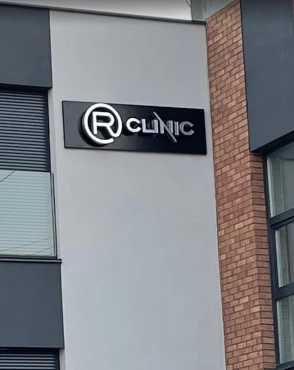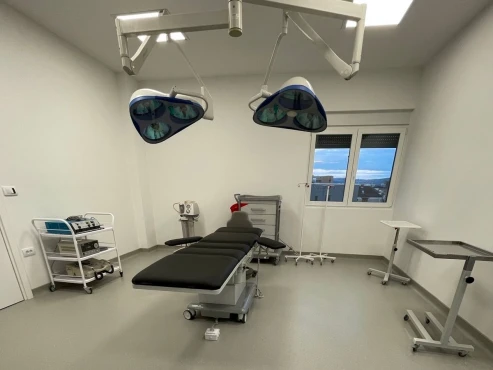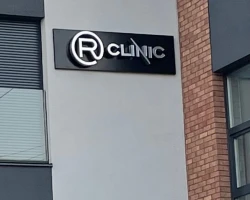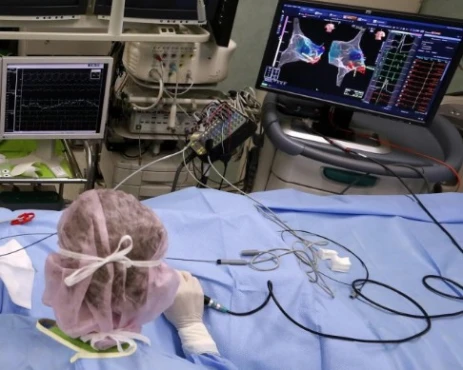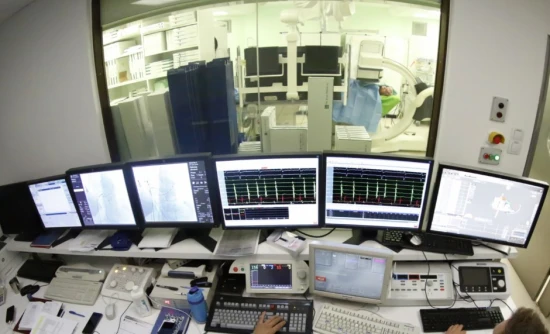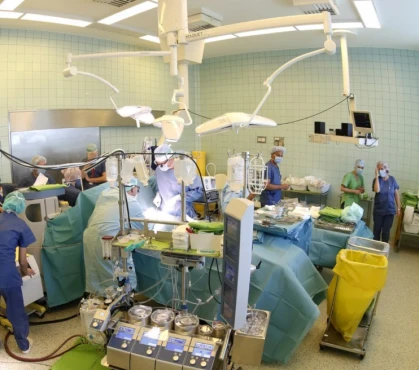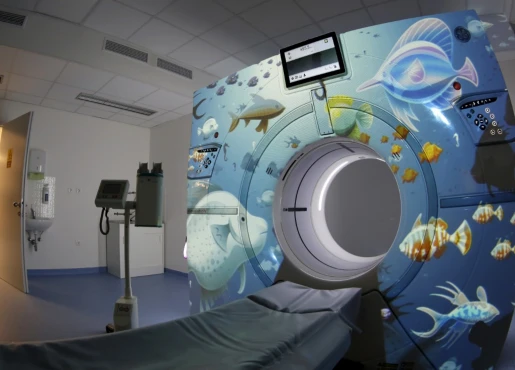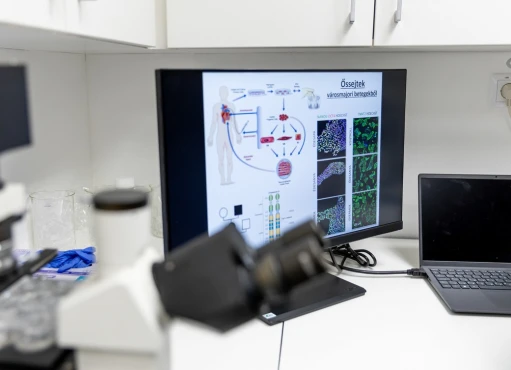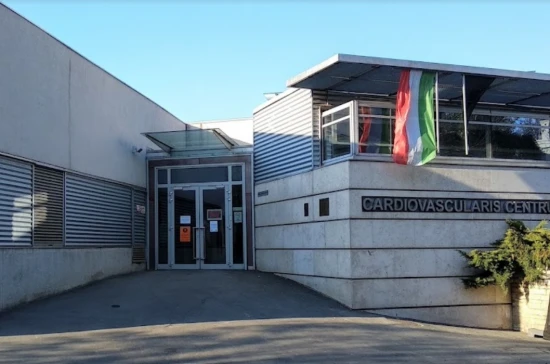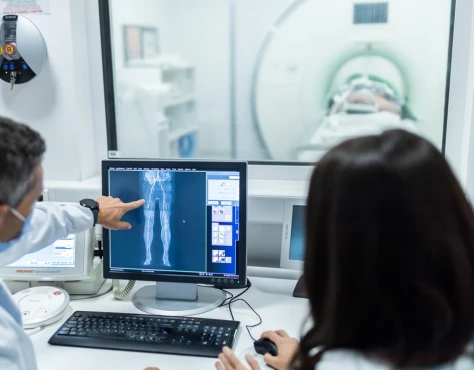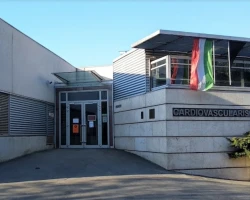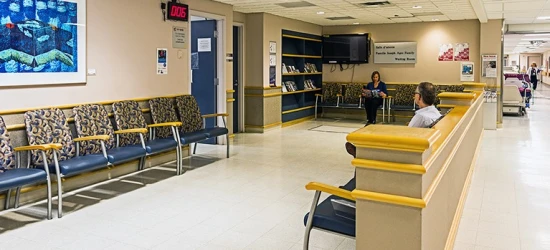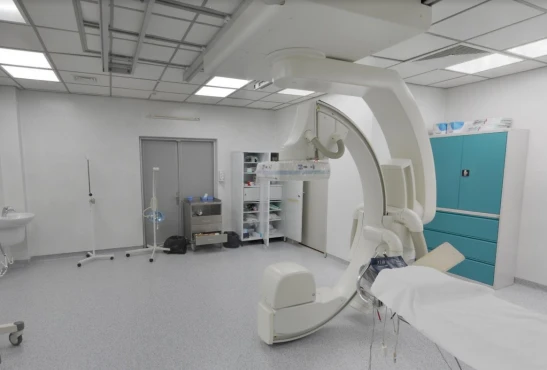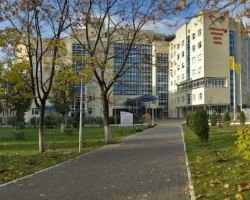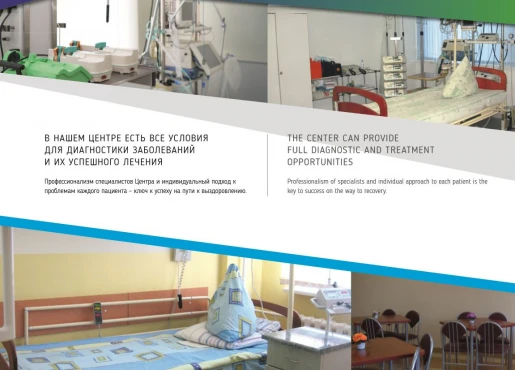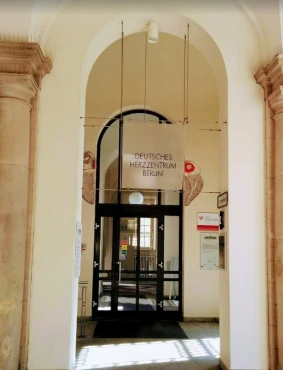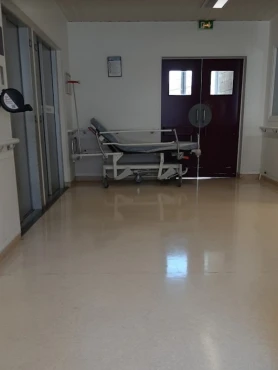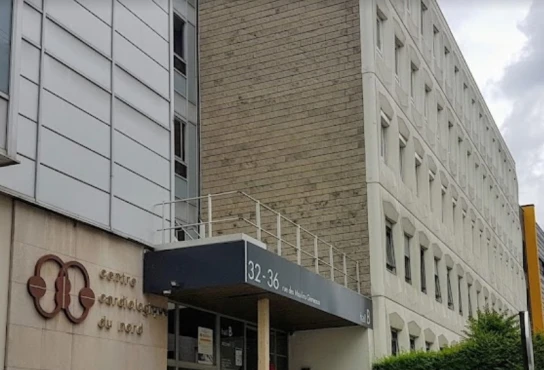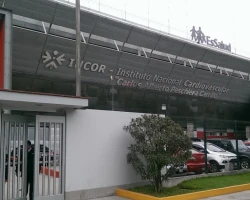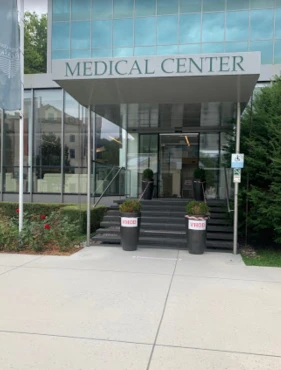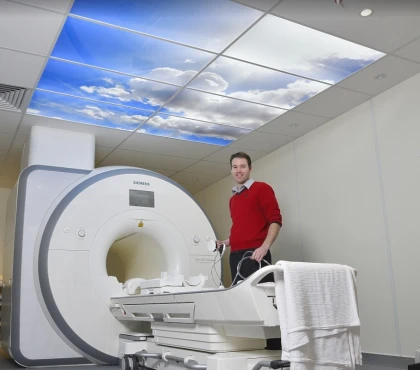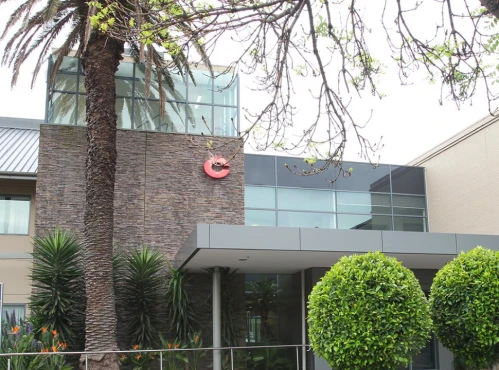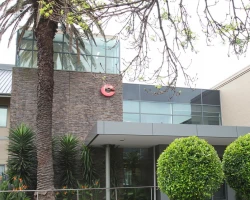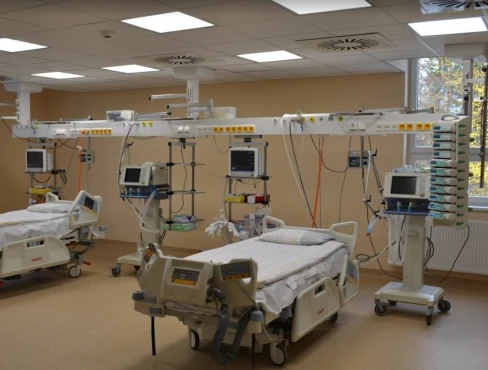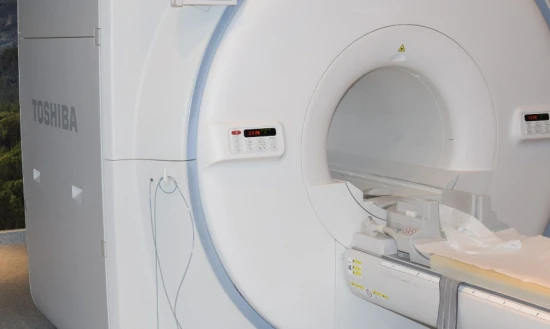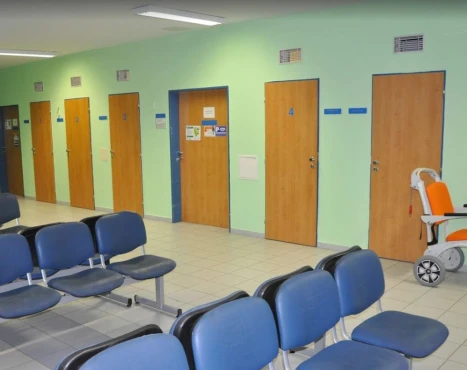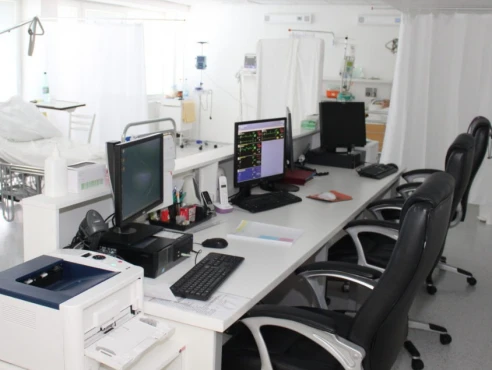Definition
An arterial embolism is the transport of a blood clot (embolus) from the central parts of the bloodstream along an artery that gets stuck in some branch of the artery and can block or restrict blood flow. Emboli usually block blood flow in an arm or leg. An embolism is a hazardous condition because the sudden cessation of blood flow below the site of the blockage causes acute circulatory failure and leads to the death of an organ or body part.
A single clot can cause more than one embolism if it breaks into pieces and is carried further down the artery by the bloodstream. An embolism requires immediate treatment because permanent damage to the affected organ or limb can develop in a short time.
Causes of arterial embolism
Several diseases can lead to arterial embolism. The most common cause is atrial fibrillation when the atria do not contract randomly. Blood stagnates there, and clots form. At some point, a fragment of this clot breaks off and is carried with the blood flow to an organ, blocking blood flow and causing acute ischemia.
Other less common causes of blood clots and embolism are:
- Arterial aneurysms (abnormal enlargement of the diameter of a vessel)
- Arterial trauma
- Hypertensive crisis, with dissection of a section of artery and thrombus formation
Symptoms of arterial embolism
Symptoms of an embolism depend on where the clot stops in the artery. The following signs may indicate a thromboembolism:
- Abrupt coldness of the limb
- No pulse
- Difficulty of movement
- Tingling or numbness
- Decreased sensitivity
- Pain or spasms in the muscles of the affected limb
- Sharp pallor of the skin of the affected limb
If blood flow is not restored promptly, the following symptoms join:
- Livid or marbled skin color
- Formation of blisters filled with bloody contents
- Absence or sharp decrease in the volume of movements
- Lack of sensation in the affected limb
- Inability to even passive movement in the joints (contracture)
- Signs of ischemic gangrene are tissue decay
Risk factors for thromboembolism
The main risk factors are related to the presence of diseases that contribute to the formation of blood clots in the arteries and heart:
- Atrial fibrillation
- Acute myocardial infarction
- Dilated cardiomyopathy
- Obesity
- Aortic and large artery aneurysms
- Sedentary lifestyle
- Older age
Outcomes of arterial thromboembolism
Treatment of arterial embolism should only be surgical and urgent. If the operation is performed promptly, before the complete death of the limb, using modern surgical and resuscitation technologies, the treatment outcomes are good. The affected limb can be saved in most patients. However, it should be remembered that the cause of embolism should be clarified, and measures should be taken to prevent the recurrence of this severe complication.
Diagnosis of arterial embolism
If the disease develops acutely in a patient with heart disease or aneurysm and there are signs of circulatory failure of the limb with the disappearance of the arterial pulse, the doctor may suspect embolism. Embolism is characterized by an acute onset against a background of complete well-being.
- Severe pain in the affected limb
- Atrial fibrillation or aortic aneurysm in the patient
- The abrupt change in the color of the leg – first, it turns white, then it turns blue
- Disappearance of active movements soon after the onset of the disease
- Decreased sensitivity when touching.
It is essential to determine the degree of viability of the leg. If it is possible to bend the joints of the leg, it is not yet dead, even if there is no active movement. However, if the foot or hand hangs helplessly and can be moved passively without the slightest resistance, it is too late for reconstructive surgery. Further investigations may be required to clarify the diagnosis:
- Angiography of lower limb arteries
- Computed tomography of lower limb arteries
- Cardiologist consultation
- Consultation with a vascular surgeon
- Lung radiographs
- Ultrasound diagnosis of lower limb arteries
- Echocardiography.
Treatment
The primary method of treating an embolism is to remove the thrombus clogging the artery. Both simple techniques can be used to accomplish this task, and quite complex techniques can be used if the embolus is lodged in arteries initially affected by atherosclerotic plaques. In addition, after restoring blood flow in severe ischemia, it is necessary to remove the products of tissue decay by hemofiltration methods. Contraindications to restorative surgery on vessels are clear signs of the death of the limb from lack of blood flow. In neglected cases, amputations are performed to save lives.
The main methods of surgical treatment:
- Hip amputation
- Tibial amputation
- Microsurgical bypass of the arteries of the lower leg and foot
- Removing blood clots from arteries
Surgical treatment options.
Acute thrombosis/embolism are conditions that require immediate surgical intervention. Timely treatment gives a chance to save the limb from amputation and to preserve its functionality. The surgeon’s main task is to restore blood flow. The ways to do this are different and depend on each situation.
In the case when the vessel closed as a result of embolism, but there is no atherosclerotic change in the arterial walls, critical stenoses, or long-standing blockages, then the recovery is reduced to the isolation of a particular artery and removal of the embolus, with the help of special balloon catheters (Fogarty). In cases where the cause of acute limb ischemia is thrombosis, the situation may be more complicated and require performing reconstructive bypass surgery. The purpose of bypass surgery is to create a new vascular channel, bypassing the closed section of the artery. The choice of surgical correction is based on the clinical picture, ultrasound findings, intraoperative situation, and the experience of the vascular surgeon.








